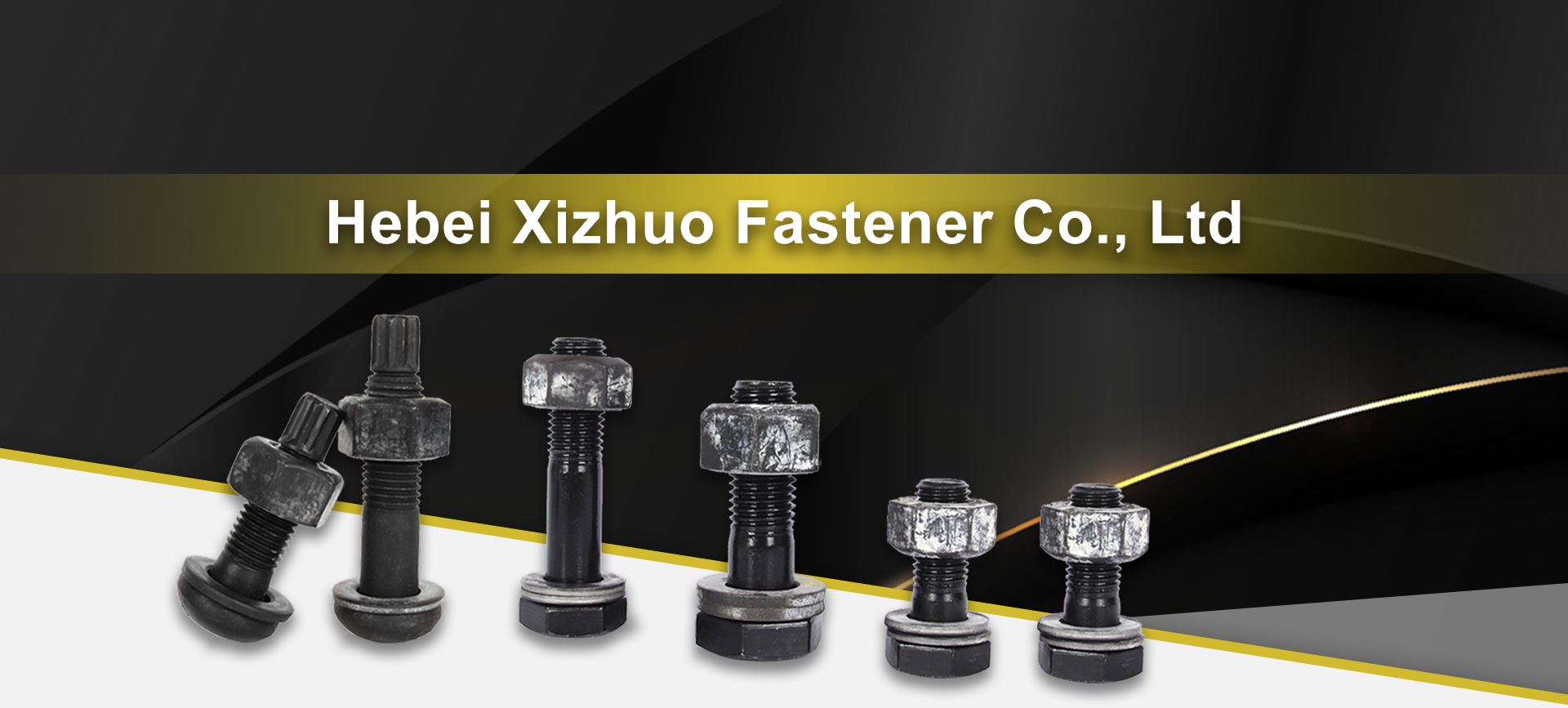cross bracing steel structures
Cross Bracing in Steel Structures Enhancing Stability and Strength
Cross bracing is a widely utilized structural system in the design of steel frameworks, which significantly enhances the stability and strength of buildings and bridges. By employing diagonal braces that form an X shape across vertical and horizontal members of a structure, engineers can effectively mitigate lateral forces, such as those generated by wind and seismic activity. This article explores the importance, benefits, and implementation of cross bracing in steel structures.
Importance of Cross Bracing
The dynamic nature of environments where steel structures are erected—such as urban areas with high wind loads or regions susceptible to earthquakes—necessitates the integration of systems that can provide resilience. Cross bracing plays a crucial role in maintaining structural integrity under these challenging conditions. By redistributing loads and providing additional support, cross braces enhance the overall performance of a steel frame, preventing buckling and excessive deflection during adverse conditions.
Benefits of Cross Bracing
1. Increased Stability One of the primary advantages of cross bracing is its ability to improve lateral stability. The braces act as tension and compression members, transferring loads efficiently through the structure. This stability is particularly vital for tall buildings and long-span bridges, which are more susceptible to lateral forces.
2. Material Efficiency Utilizing cross bracing can lead to a more economical use of materials. Since the braces help to reduce the overall load on structural members, smaller and lighter beams may be used, minimizing the amount of steel needed and consequently reducing construction costs.
cross bracing steel structures

3. Flexibility in Design Cross-braced systems offer architects and engineers flexibility in their design approaches. The braces can be strategically placed to achieve desired aesthetic outcomes while still adhering to engineering requirements. This allows for more innovative designs without compromising structural safety.
4. Ease of Construction The implementation of cross bracing can simplify the construction process. Fabricating and installing diagonal members is often straightforward, allowing for quicker assembly on-site. This efficiency can result in shorter project timelines and reduced labor costs.
Implementation of Cross Bracing
When designing a steel structure with cross bracing, several factors must be taken into account. The orientation and spacing of braces should be determined based on the expected load conditions and the architectural layout of the building. Engineers often conduct detailed analyses, including load calculations and modeling, to evaluate the optimal arrangement of cross bracing.
There are various types of cross bracing systems, including tension and compression braces, which can be integrated into different structural configurations. In some cases, a combination of braces may be used to enhance performance, particularly in areas subject to varying load conditions.
Conclusion
Cross bracing is an essential element in modern steel structure design, providing enhanced stability, material efficiency, and construction ease. As urbanization continues to rise, and buildings grow taller and more complex, the importance of effective bracing systems, such as cross bracing, cannot be overstated. By understanding the principles and benefits of cross bracing, engineers and architects can create safer, stronger, and more resilient structures that withstand the test of time and nature, ultimately pushing the boundaries of architectural possibilities. With continued advancements in materials and design technology, the future of cross bracing in steel structures looks promising, heralding a new era of innovation in engineering and construction.
-
Weatherproof Plastic Expansion Anchors for OutdoorNewsJun.06,2025
-
Sustainability in the Supply Chain: Eco-Friendly TEK Screws ProductionNewsJun.06,2025
-
Load-Bearing Capacity of External Insulation FixingsNewsJun.06,2025
-
Double Head Bolts: Enhancing Efficiency in Industrial MachineryNewsJun.06,2025
-
Corrosion Resistance in Chipboard Screws: Coatings for Wholesale DurabilityNewsJun.06,2025
-
Butterfly Toggle Bolts : Enhancing Structural ResilienceNewsJun.06,2025
